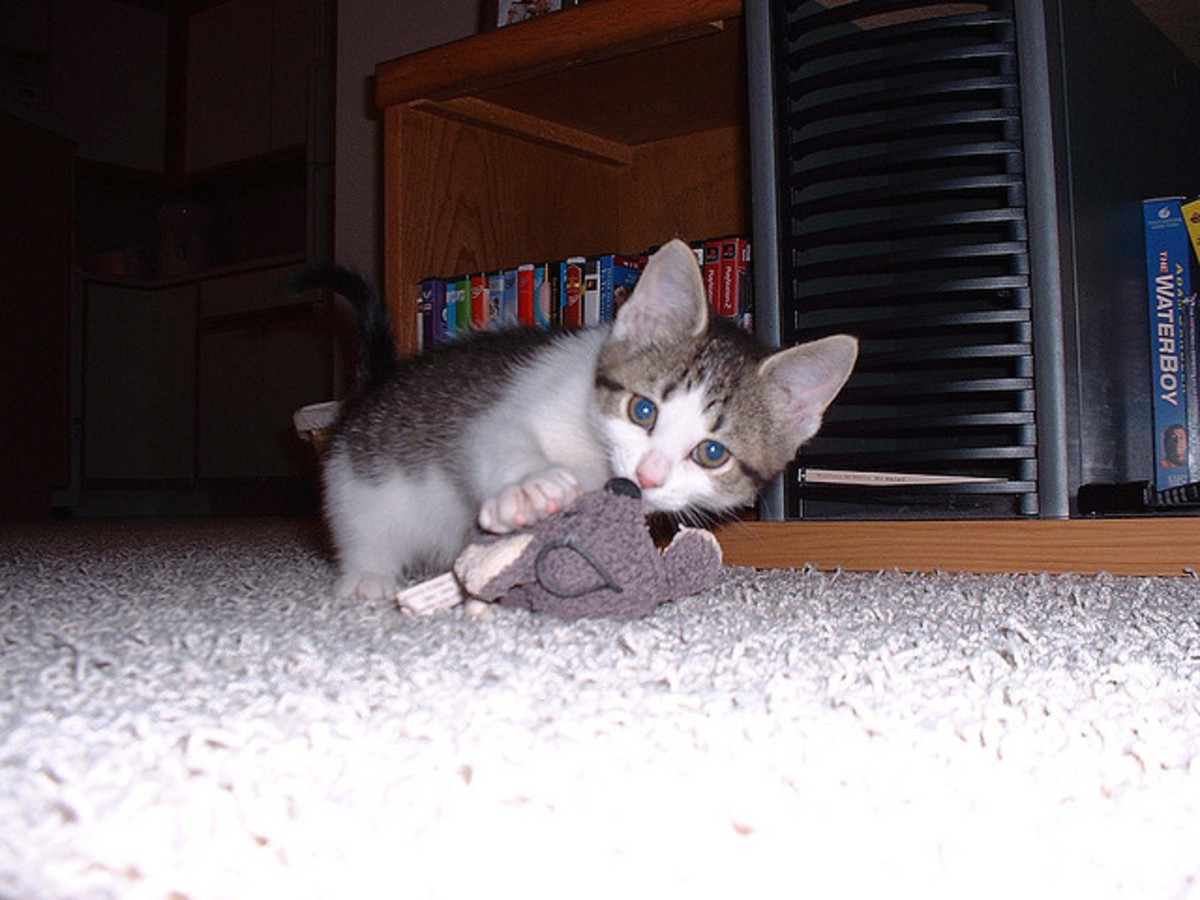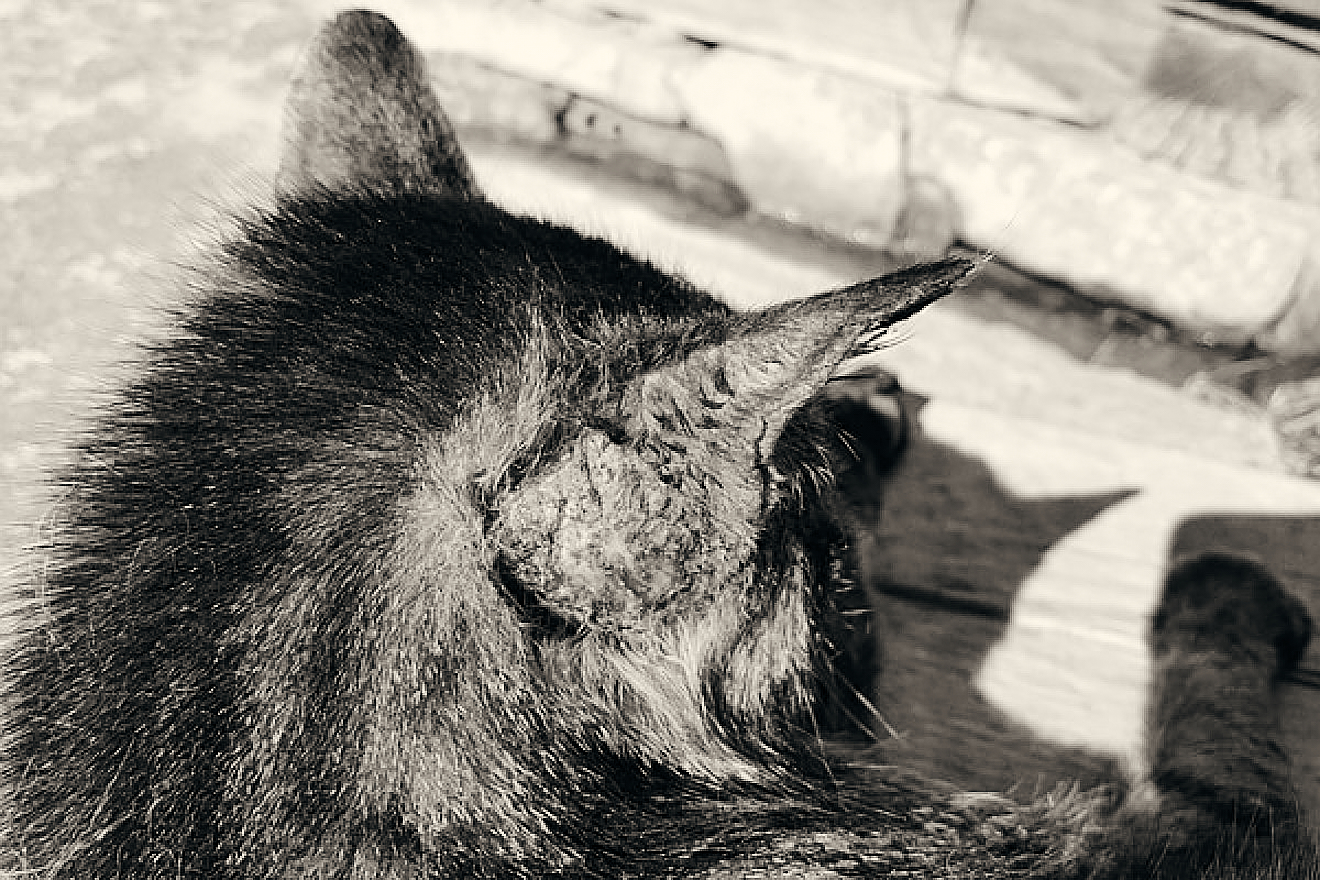Feline Leukemia Virus Brochure Cornell University College of Veterinary Medicine
Table Of Content

For example, if FeLV is causing immunosuppression and the patient develops secondary infections, the secondary infections may be treatable, leading to clinical improvement. Feline leukemia virus is unstable in the environment and is susceptible to all common detergents and disinfectants. Simple precautions such as routine cleaning with disinfectants will eliminate the virus in the environment. In a hospital or boarding setting, FeLV-infected cats may be kept in the general population, provided they are housed in separate cages. While other mammals may abnormally shed for a variety of reasons, in felines, the two leading causes of hair loss are allergy (usually flea driven) and underlying disease. While hair loss in cats does not necessarily indicate a serious medical condition, it should not be ignored, especially if it is accompanied by any or all of the symptoms described above.
What is Feline Leukemia Virus (FeLV)?
These feline hair loss scenarios typically indicate non-severe conditions, and usually require mild to moderate and non-invasive treatment. However, hair loss and related skin conditions can be signs of more rare conditions in cats, such as autoimmune disease, diabetes, thyroid conditions, and certain types of cancer. Because of this, it's important to take a cat suffering from hair and skin issues to a veterinarian for assessment as soon as possible.
What Are the Causes of FeLV?
Exposure to infected cats raises your cat’s risk of contracting FeLV, especially for kittens and young adult cats. Older cats are less likely to contract the infection, because resistance seems to increase with age. Cats in multi-cat households or in catteries are more at risk, especially if they share water and food dishes and litter boxes. Yet, exposure to the feline leukemia virus doesn’t have to be a death sentence; about 70% of cats who encounter the virus are able to resist infection or eliminate the virus on their own. Use a preventative treatment that protects against all parasites, including fleas, mites, heartworms, and ticks. Be sure that any preventative you use is specifically formulated for cats, as many canine products are toxic to cats.

Feline Leukemia Virus Brochure
If you notice any bald spots or areas with shorter or thin hair on your cat, schedule an appointment with your vet so you can figure out what’s going on and treat it. Ringworm (a fungal infection) is another fairly common cause of hair loss, especially in kittens. This fungus actually damages the hair and the hair follicles causing hair loss. Ringworm can also be itchy and cause cats to lick, chew, and scratch the area. Having fleas and mites, even if they’re not allergic to them, can still cause itching and damage to hair and hair follicles, which leads to patchy hair loss.
Cat Leukemia: Symptoms, Testing and Prevention
IFA tests detect the presence of virus particles within white blood cells. A positive result in these initial tests indicate that a cat has an active FeLV infection with viral replication, which means there is either an early-stage infection, or a progressive infection. In cats with a progressive infection, these tests will remain positive when rechecked several weeks to months later. If the cat develops a regressive infection, both the ELISA and IFA will give negative results when the virus is no longer replicating. A cat suffering from paraneoplastic alopecia that presents with shiny skin lesions and other symptoms is considered a poor candidate for aggressive cancer treatment. A course of palliative care is recommended instead, which includes pain medication and steroids among other choices.
What's your diagnosis?: Mushy Footpads in a Cat Lab Animal - Nature.com
What's your diagnosis?: Mushy Footpads in a Cat Lab Animal.
Posted: Thu, 08 Mar 2018 08:52:14 GMT [source]
The affected cat is unable to fight off these infections, leading to a shorter life span. The virus also causes mutations leading to cancer, including lymphoma and lymphosarcoma. Eighty-five percent of cats persistently infected with feline leukemia virus die within three years of diagnosis. However, regular veterinary check-ups and good preventive health care can help keep these cats feeling well for some time and help protect them from secondary infection.
Adopting a cat with FeLV
In this case, your cat will need to be fed a diet that encourages her to eat, since she will be unable to get the nutrition she needs otherwise. If you notice your cat’s gums are paler than usual, this could be a sign that she has a fever you haven’t yet noticed. Meg is an Australian veterinary surgeon, cat expert, and writer, currently living and working in Scotland with her family.
Symptoms and Types
You can make the decision together regarding if it's right for your cat. Some of the above illnesses can be diagnosed with a simple physical exam, while others require further testing. Endocrine analysis, skin scrapings, biopsies, and ultrasounds are some of the tests that may be employed. These tests will check for cancer and will either confirm or refute the possibility of a different condition.
Squamous Cell Carcinoma in Cats: Causes, Signs & Treatments (Vet Answer)
Some FeLV-positive cats can live without major disease complications for years with routine prophylactic care, good husbandry, minimal stress, and avoidance of secondary infections. Infected cats should be kept strictly indoors to decrease the risk of exposure to infectious agents and to prevent transmission of the virus to other cats. Routine vaccinations and parasite prevention should be maintained based on individual risk assessment and in compliance with local laws. Current evidence does not support the theory that modified-live virus (MLV) vaccines pose a risk when used in retrovirus-infected cats. Studies show that the response to MLV vaccines by subclinically affected retrovirus-infected cats can be similar to that of uninfected cats. Vaccination against FeLV should not be administered after infection because there is no evidence to suggest a benefit.
Cats infected with FeLV may show one ore more of these signs or none of them at all. If you notice your cat showing any of the signs of FeLV, take them in for a checkup right away so they can be tested. Normal cat lymph nodes are about the size of a pea and are almost too small and soft to feel. If you feel anything firm or larger than a pea, it's likely the lymph nodes are swollen.
This terrible cat illness is sadly a common one, and if your cat is unvaccinated against it, they are at risk. For this reason, you should learn how to recognize the signs and symptoms of this condition as early as possible. Because fleas and mites are such common causes of hair loss in cats, effective treatment for these parasites is an important part of treatment for many cats with hair loss. However, not all flea preventatives are equally effective and not all are also effective against mites. Your vet can help you find the safest and most effective options for your cat. Direct contact between cats is the most frequent method of FeLV infection.
The vet may recommend visiting a veterinary dermatologist to determine the best solution, too. "Any time you notice new hair loss or a fur patch missing, it's worth seeing the vet," Dr. Singler says. If you notice that your cat’s missing patches of fur, try not to stress.
Komentar
Posting Komentar